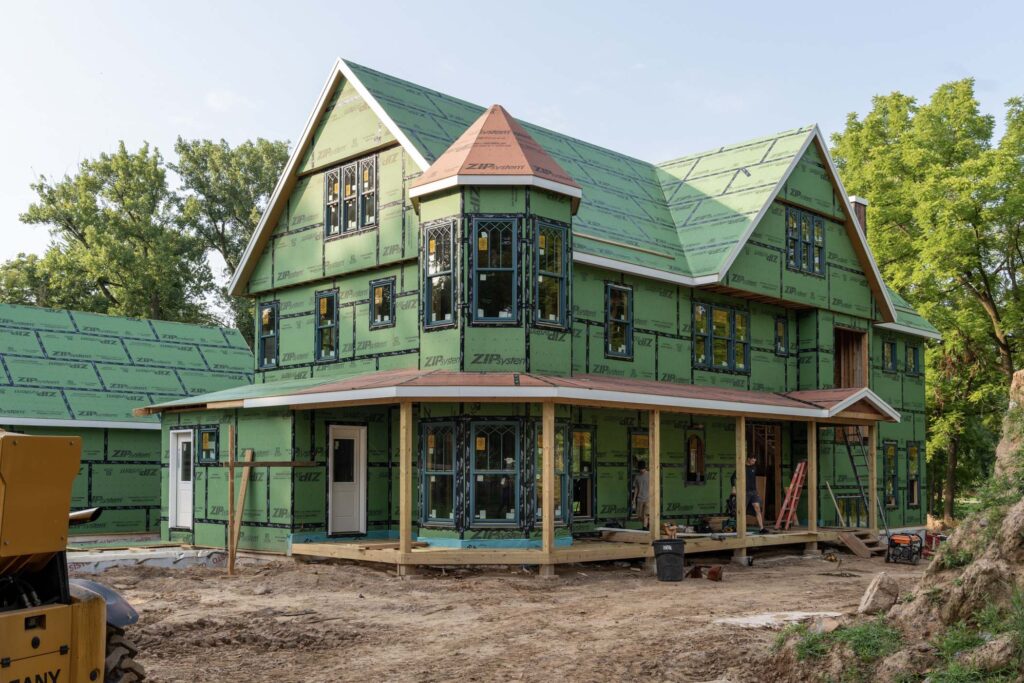Home » Ask the Experts
Ask The Experts
Get the answers you need from the experts. Whether it’s about choosing the right windows and doors, understanding costs, or learning what questions to ask, our team is here to guide you every step of the way. Explore our videos for expert insights and make confident decisions for your home.

Choices for Every Style
Dollars and Sense
Wondering how much new windows and doors cost? It all depends on size, material, and labor—factors we consider to find the best options for you. We work to match your budget and project needs while providing expert guidance and a pressure-free experience. Watch the video to learn more!
It's a Process
Before shopping for windows and doors, there are a few things to keep in mind to make the process easier. Gathering inspiration, basic measurements, and knowing what you’re looking to improve can help guide our experts to the right solution for your home. Watch the video to learn more!
Proven Experience in Every Space, Including Yours
Choosing a company with both residential and commercial expertise means you benefit from a higher level of knowledge and experience. Our in-house team handles everything from residential replacements to large-scale commercial projects, bringing craftsmanship and innovation to every job. Watch the video to learn more!
Warranties: Protection Beyond the Fine Print
When comparing window and door warranties, it’s important to find more than just a promise on paper. Look for a company that stands by its products and will be there to support you years down the road. With over 75 years of trusted service, we offer peace of mind you can count on. Watch the video to learn more!
Questions to Ask
Gallery
Looking for Inspiration?
Discover a variety of styles, materials, and designs that showcase the quality and elegance we bring to every project. Get inspired and envision the possibilities for your space!





